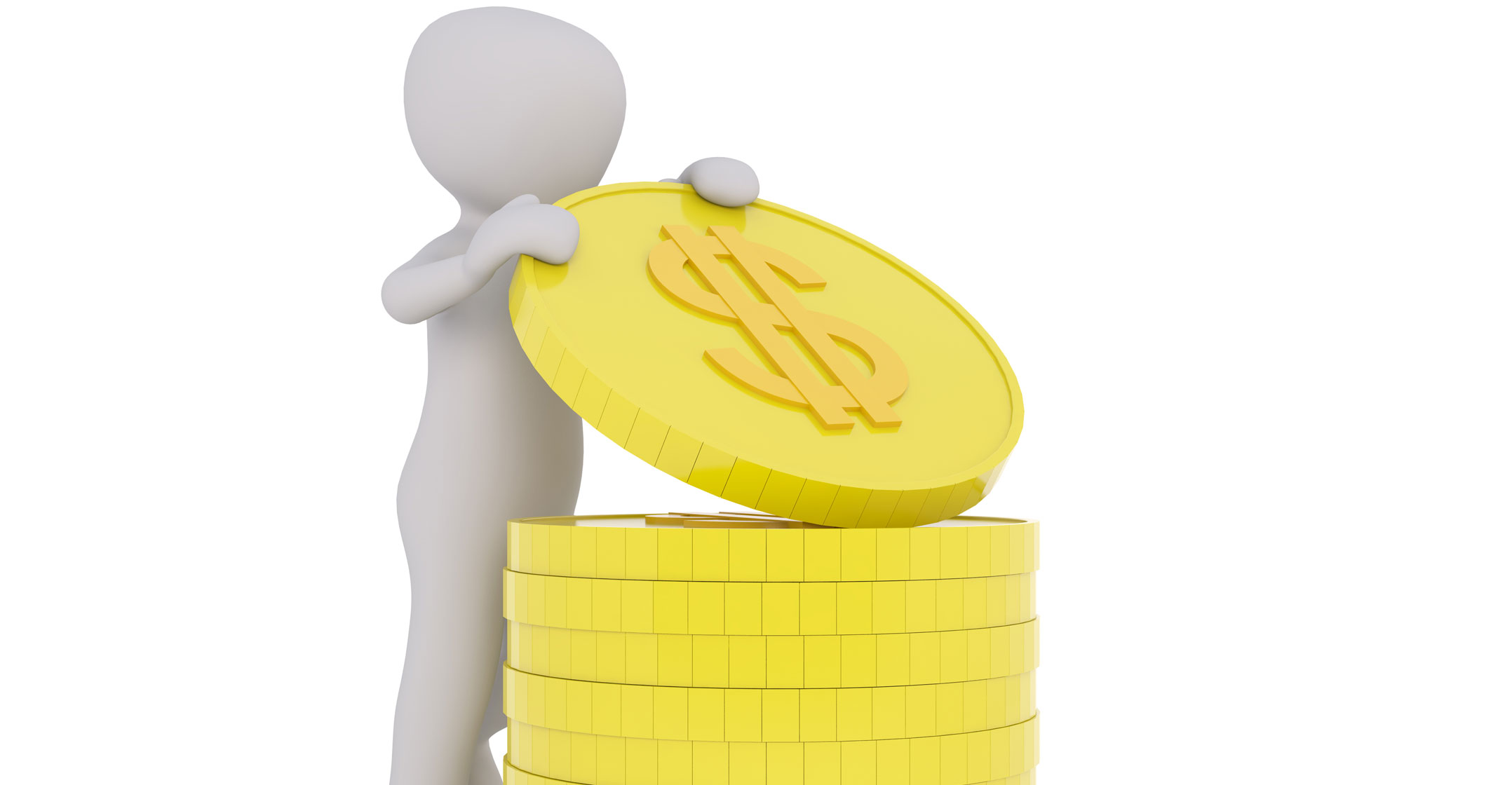
[dropcap]I[/dropcap]n a world where financial transactions are largely electronic, central banks are exploring the idea of using virtual currencies, even as cyberattacks and price swings dominate the headlines.
“The central bank digital currency would be like a paper bill except digital,” Dartmouth College economics professor Andrew Levin said in an interview on Bloomberg Television. For example, “it would be representing a US dollar, but it would be basically free to use”.
Whereas credit cards charge transaction fees and interest, and paper currencies can be costly to process, digital currencies could be a “real benefit” to small businesses and consumers, Levin said.
Central banks from across Europe and Asia are looking into virtual currencies. In March, Vietnam’s central bank said it was ” seriously” studying the possibility of using bitcoin.
The People’s Bank of China has run trials of its prototype cryptocurrency, and the Danish central bank is considering minting e-krone.
But Federal Reserve Board Governor Jerome Powell said in March the US central bank is not considering a digital currency.
Secure store of value
Sceptics have questioned whether one of the key features of cryptocurrencies — their decentralised nature — makes them a good fit for central banks. But in a recent proposal published by Levin and Rutgers University economics professor Michael Bordo, the pair said central banks could provide a secure store of value in their own digital currency.
“In contrast to bitcoin, the value of the central bank’s digital currency would be fixed in nominal terms,” Levin and Bordo wrote. “Moreover, the central bank’s digital currency could be implemented using an account-based system, thereby avoiding the resource-consuming ‘mining’ operations involved in generating virtual currencies like bitcoin.” — Reported by Alexandria Arnold, (c) 2017 Bloomberg LP




